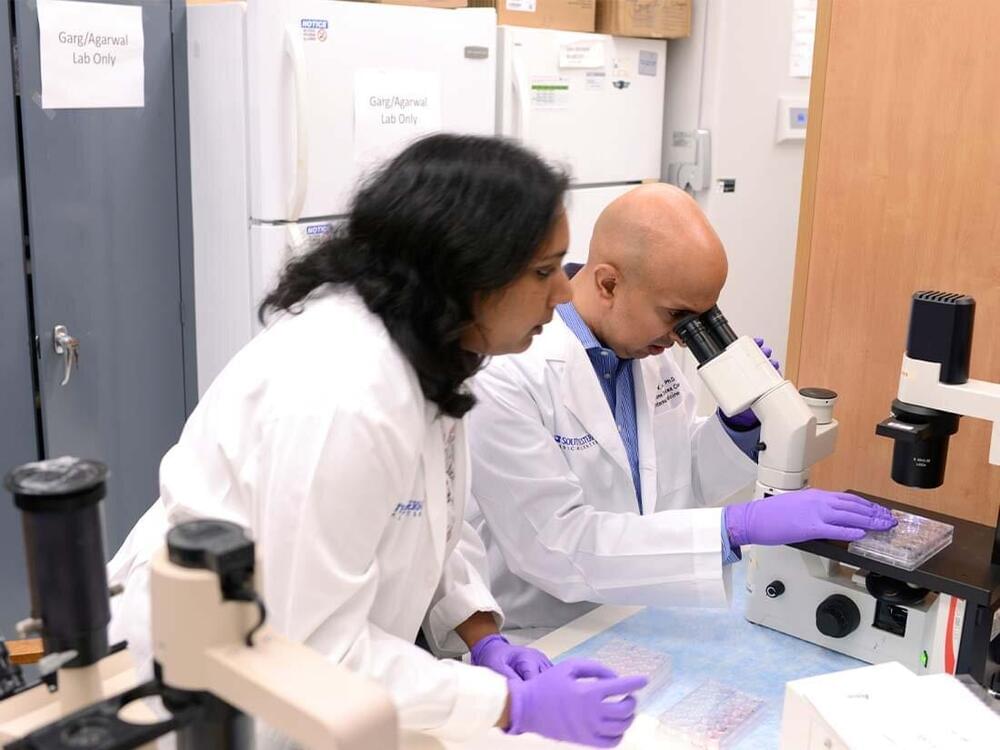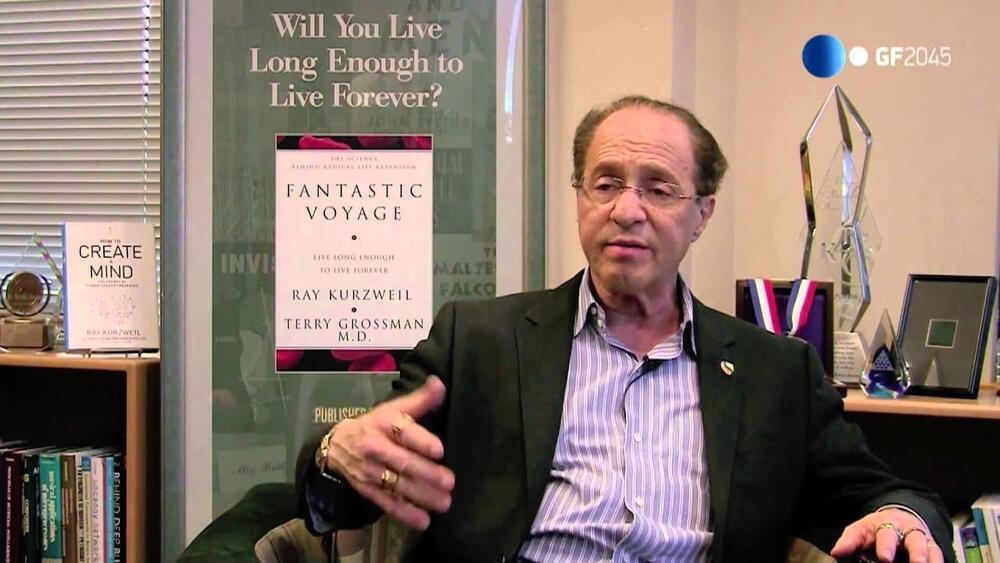The first artificial Lab-Grown Meats have recently gotten into stores and markets for everyone to buy and eat. But until now, those meats were largely just chicken nuggets or similar types of meat. But with Future Meat Technologies’ latest crazy invention, this has changed. They managed to create a system that actually involves Artificial Intelligence, which grows almost 5,000 fully-fledged hamburgers a day without the environmental impact or regular food and meat.
Cultured meat is meat produced by in vitro cell cultures of animal cells (as opposed to meat obtained from animals). It is a form of cellular agriculture.
Cultured meat is produced using many of the same tissue engineering techniques traditionally used in regenerative medicines. It’s also occasionally called lab grown meat.
–
Every day is a day closer to the Technological Singularity. Experience Robots learning to walk & think, humans flying to Mars and us finally merging with technology itself. And as all of that happens, we at AI News cover the absolute cutting edge best technology inventions of Humanity.
If you enjoyed this video, please consider rating this video and subscribing to our channel for more frequent uploads. Thank you! smile
–
TIMESTAMPS:
00:00 The Best Burger of the Future.
01:29 History of Future Meat Technologies.
02:53 How Cultured Meat is made.
04:37 Where you can buy cultured Meat.
05:52 Advantages of Cultured Meat.
07:44 Last Words.
–
#weird #food #cultured









